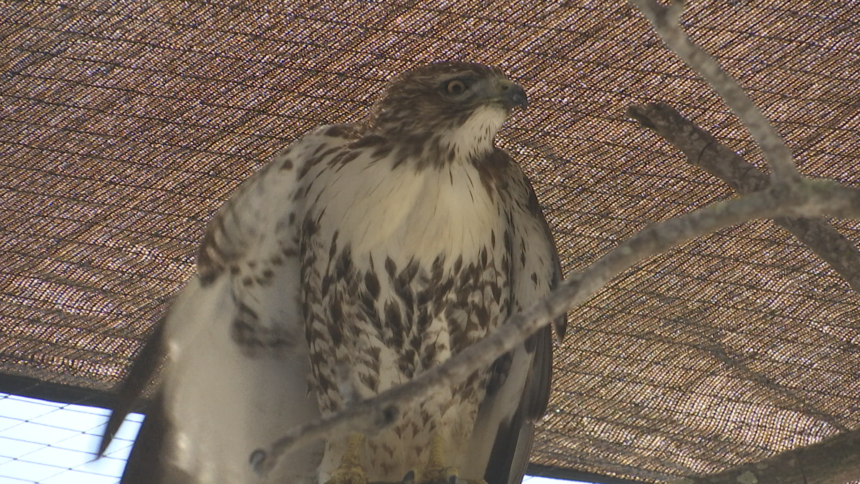SB Wildlife Care Network’s on-site hospital plans in focus amid surge of injured animals

SANTA BARBARA, Calif. - 2020 has been a tough year for animals, too.
The Santa Barbara Wildlife Care Network brings in, on average, about 4,000 injured animals to its Care Center near Goleta each year. This year, the Care Network has already surpassed that number, with more than two full months left in the year.
As of Monday, the Care Network has admitted 4,220 patients.
"This is, by far, the craziest year we’ve ever had,” said Claire Garvais, the Wildlife Care Network’s Communications Director.
Most of the treatment spaces at the Care Center are inside sheds and trailers. But the staff is hoping to modernize the space in a big way: a modern hospital facility, which has been planned for several months, would significantly increase capacity and flexibility for treating animals.
“We’re really bursting at the seams, but we’re never going to turn away patients,” Garvais said. “We’re taking care of all of these lives. But we don’t have the capacity to do it. Not with our current center. And so that’s why we’re building this really exciting wildlife hospital.”
“Right now a lot of our sea birds, our pelagic birds, we send off to other places,” said Tema Landecker, a veterinary technician at the Care Network. “Hopefully with the new hospital and our new facilities, we’ll be able to keep those and treat those in-house… It’s gonna bring a bigger space for us and bigger capacities for as our numbers grow.”
The facility would allow for more surgical procedures and X-Ray capabilities, along with the extra space some animals need in the recovery process.
Garvais says the hope is for construction to begin late this year and that the staff has raised more than half of its $6 million goal through donor contributions.
The staff also urges the public to avoid items that can harm wildlife.
One timely example is fake spiderwebs used as Halloween decorations. Several types of birds get caught and injured in the material, which they mistake as a normal spiderweb.
Rodent poisons are also a major problem for wildlife, as they poison the food supply for birds, coyotes, bobcats and other predators.
Last month, Gov. Gavin Newsom signed a bill that temporarily bans some common rodenticides in order to protect wildlife.
You can find out more about the Wildlife Care Network and the hospital project by clicking here.
